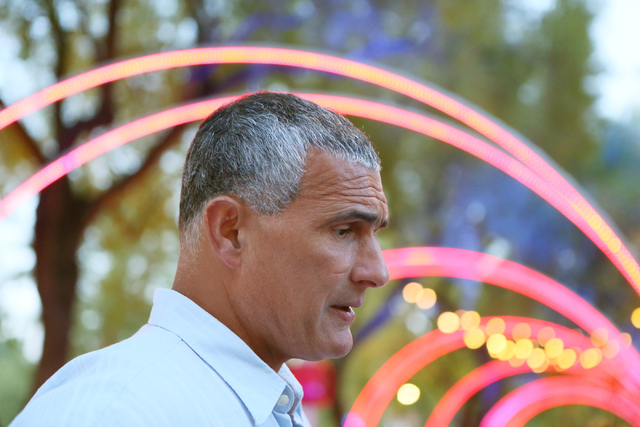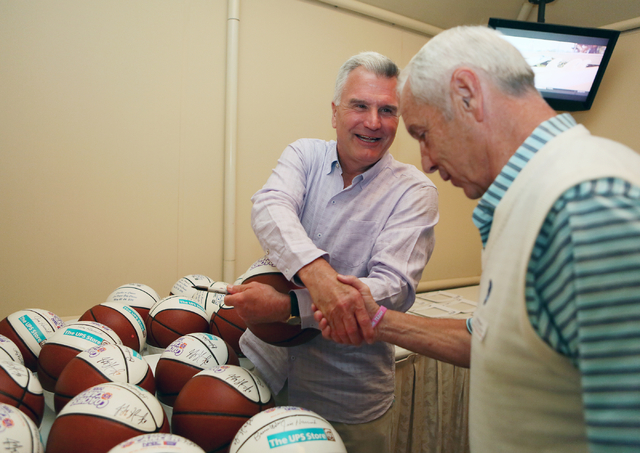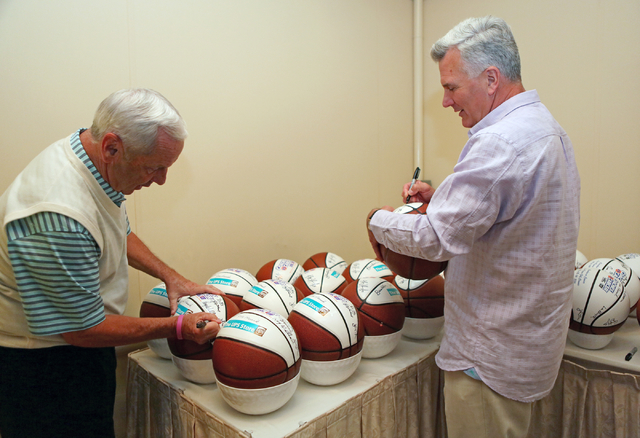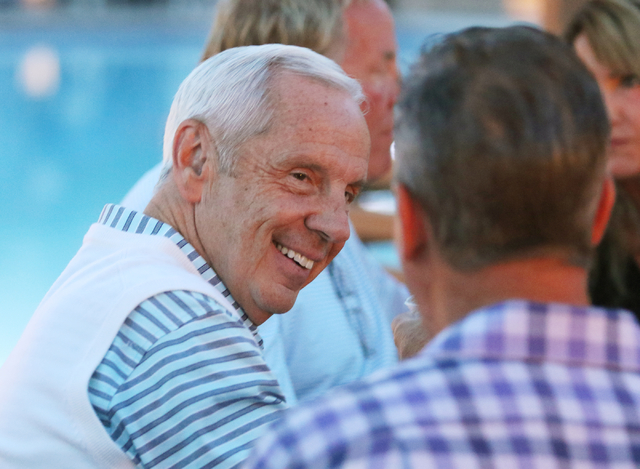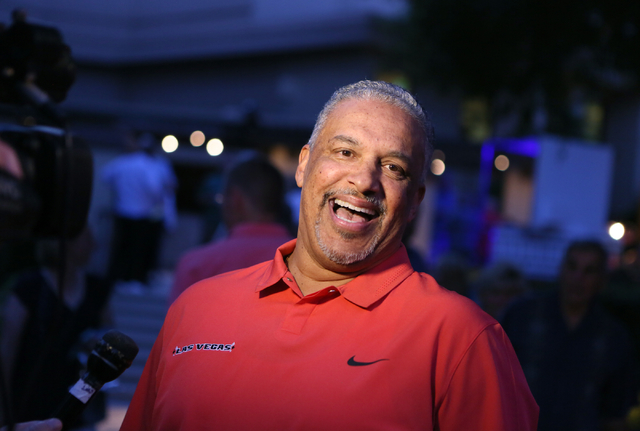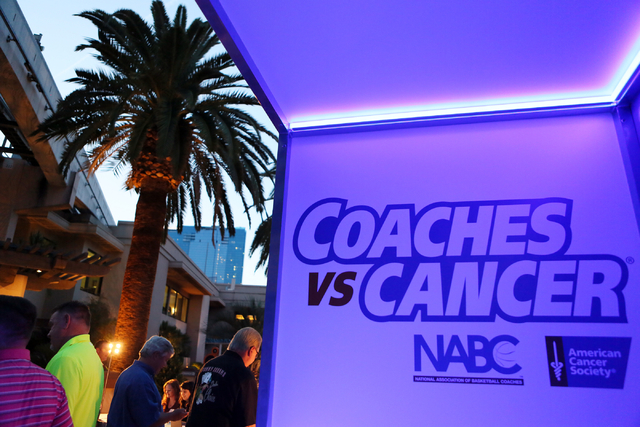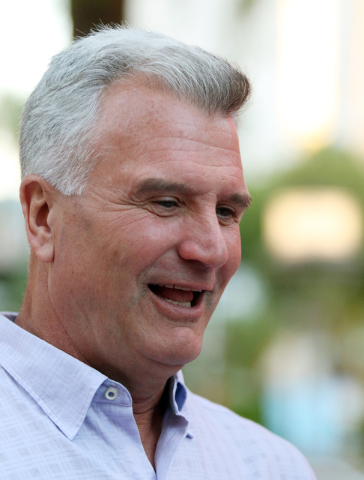College basketball coaches have no answers on curing rash of transfers
As he grew up in South Florida and then began his coaching career at state basketball powerhouse Miami Senior High School, Frank Martin understood loyalty to be to city and to school.
Now having just completed his ninth season as a college basketball head coach, including his fourth at South Carolina, Martin knows all too well that today’s generation of players grow up constantly looking for the next big thing.
“These kids transfer four or five times in high school,” he said. “It’s not like they get to college and say, ‘OK, let’s starting transferring.’ We all recruit these players. We collect four or five transcripts from four or five different high schools. I went to one high school in the same community I grew up in. Those days are long gone in our sport, at least.”
College basketball coaches from around the nation gathered Sunday night for the kickoff to Coaches vs. Cancer, which benefits the American Cancer Society as part of a serious fight against a deadly disease.
These coaches feel limited in confronting an issue that they think is doing great damage to the sport they love. All essentially threw up their hands when asked about the deluge of transfers that plagues college basketball.
ESPN.com has been tracking the number of transfers, and the list of players leaving any of the nation’s 351 Division I programs is more than 800 names long. The website began keep record of transfers nearly 10 years ago, and its first list produced about 200 players.
UNLV knows all too well the toll transfers can take on a program, having experienced a rash of them over the past few seasons. The Rebels also had a mass exodus of players after last season, though only Ben Carter and Jordan Cornish have looked to go to another school. Carter transferred to Michigan State, and Cornish has not announced where he will play.
Five Rebels declared early for the NBA Draft.
As new UNLV coach Marvin Menzies pointed out, however, it works both way. He signed San Francisco’s Uche Ofoegbu, who as a graduate transfer will be eligible to play next season. Jordan Johnson must sit out a season after transferring from Wisconsin-Milwaukee.
Menzies also hopes to add two more graduate transfers by early June.
“Every school has a lot of turnover with coaches as well,” Menzies said. “Players go to play for people. Philosophically, it sounds to great to say you’re going to this school and you’re going to be committed to this school, but at the end of the day, you’re not committed to buildings, you’re committed to people.
“I think there’s a certain part of it you’re not going to be able to stop.”
North Carolina is one of the few exceptions. Coach Roy Williams has had only eight players transfer in his 28 seasons, including the 15 he spent at Kansas.
None have left his program for another school since Larry Drew departed for UCLA in 2011.
“I’ve been very fortunate, knock on wood,” Williams said. “I’ve had four kids transfer from North Carolina in 13 years.”
Coaches said they were concerned the transfer problem would grow if the NCAA decided to allow players who leave for another school to play immediately.
No solutions were to be found by coaches on this night, and one likely isn’t coming.
This is the new reality for most coaches, and they are trying to make the best of it.
“That’s the direction we’re headed,” former UNLV and current Oklahoma coach Lon Kruger said. “Every year, it seems like a few more transfers. Almost half, if not a little bit more now, of young people that have started at a D-I school end up at a different D-I school.
“I don’t know if it’s a concern as much as whatever we can do to help young people on the front end makes decisions that work for them.”
Contact Mark Anderson at manderson@reviewjournal.com or 702-387-2914. Follow him on Twitter: @markanderson65



